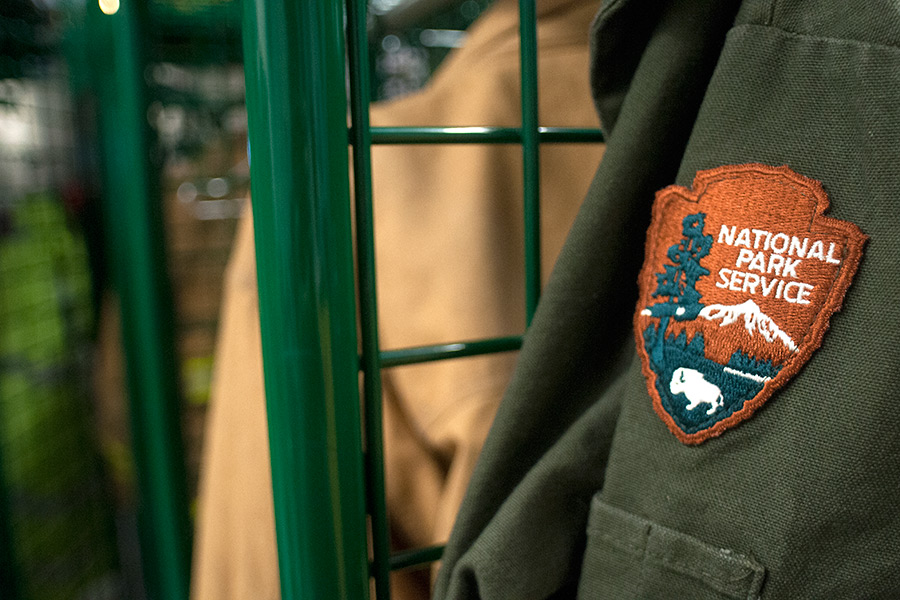Glacier National Park personnel responded to a series of unrelated medical incidents in the past several days, including two visitor deaths from cardiac arrest in two separate incidents.
On Monday afternoon, July 28, a 67-year-old Indiana man was hiking in the St. Mary Falls area with his wife on a ranger-led program when he went into cardiac arrest. Park rangers and other hikers gave him CPR, and ALERT and the Babb Ambulance responded. The hiker was declared dead at the scene.
At approximately 10:30 a.m. on Tuesday, a California man, 75, needed medical assistance while on the Iceberg/Ptarmigan Trail near Many Glacier. CPR was initiated by his family, and park rangers responded with an automated external defibrillator (AED) and continued rescue efforts. ALERT responded to the area. The hiker was declared dead at the scene.
Also on Monday afternoon, a 61-year-old Illinois man was visiting Logan Pass when he experienced chest pain and shortness of breath at the Hidden Lake Overlook. The visitor was transported by ALERT to Kalispell Regional Medical Center.
Late Monday afternoon, a 79-year-old female visitor lost consciousness while hiking the Loop Trail approximately one mile from the Going-to-the-Sun Road. Park rangers arrived on scene and provided medical assistance. ALERT and Three Rivers Ambulance responded to the area, but the woman was able to hike out on her own. As park rangers were leaving the trail, they also assisted a young boy displaying signs of overheating.
At approximately 5:15 p.m. Monday, a 51-year-old male, also on the Loop Trail, was experiencing difficulty due to a kidney stone. He was hiking on the trail about two miles from the trailhead. Park rangers, fire crew members and other park personnel responded and transported him to a landing zone where ALERT was waiting to transport him to Kalispell Regional Medical Center.
Visitors are reminded to think of their personal safety and well-being when hiking. Drink and eat often to avoid dehydration. By the time you feel thirsty, you are already dehydrated. Drink a half to one quart of water or sports drink every hour that you are hiking in the heat. Eat a salty snack every time you drink. Food is your body’s primary source of fuel and salts (electrolytes) while hiking in the heat. Avoid hiking in the hottest part of the day, or choose shaded hikes during mid-day. Give yourself plenty of time to hike at a comfortable pace, and be aware of your hiking skills. Hikes in high mountain terrain often take longer than planned.
Hot temperatures and dry weather this summer may create additional hazards for hikers in Glacier National Park. Monitor yourself and your group for signs of heat illness. Signs of heat illness can include weakness, nausea, headache, cramps, diarrhea, dizziness, and changes in mental status. If caught early, most heat illness can be treated with rest, food, water, and shade. If symptoms fail to improve or worsen, get help immediately.
Although not all medical-related incidents are avoidable, hike smart. Do not rely on physical strength alone, hiking intelligently will keep you safer and take you farther.
